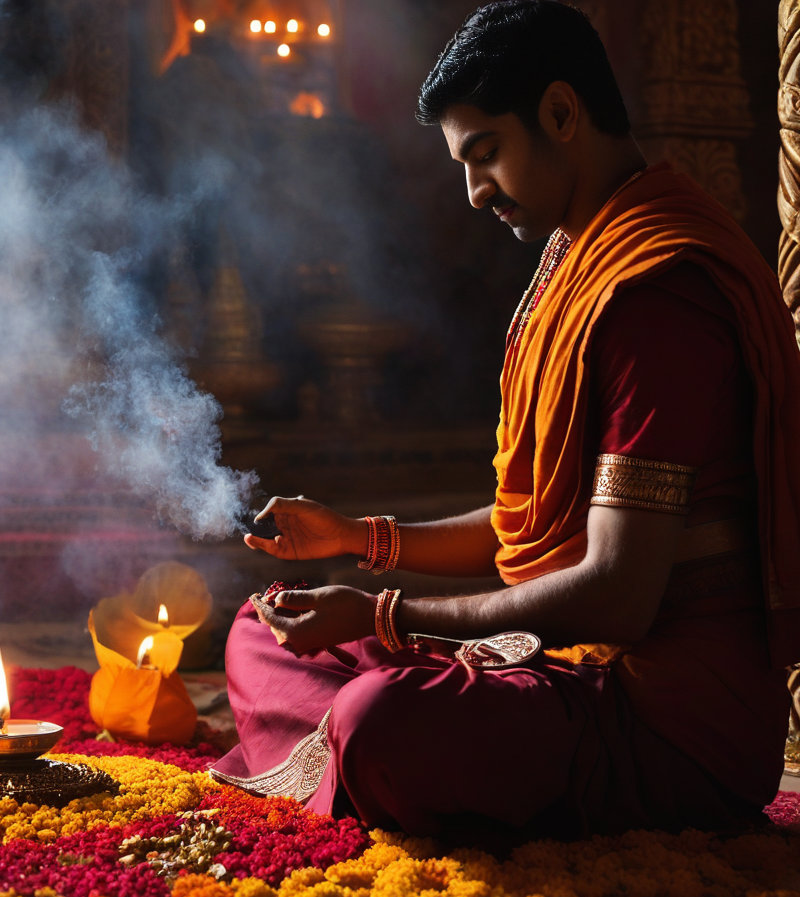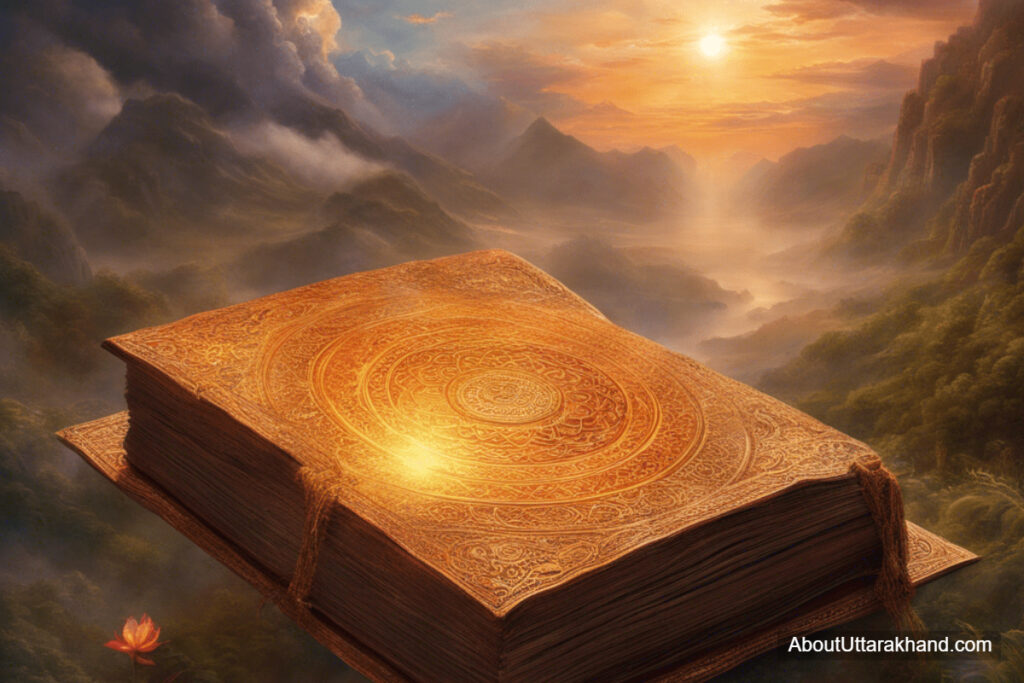Spiritual Realm
Hinduism is one of the world’s oldest religions, and its ideas about the future are very philosophical and complex. According to Hinduism, Brahman, Paramatman, and Nirguna Brahman all refer to the same ultimate spiritual truth. People see this ultimate truth as the basis, soul, and creator of everything. To fully understand Hinduism’s spiritual world, one must look into all of its parts, such as the divine and the impersonal, the personal and the impersonal, and the many gods, cosmic forces, and philosophical ideas that define Hinduism.
Popular Categories
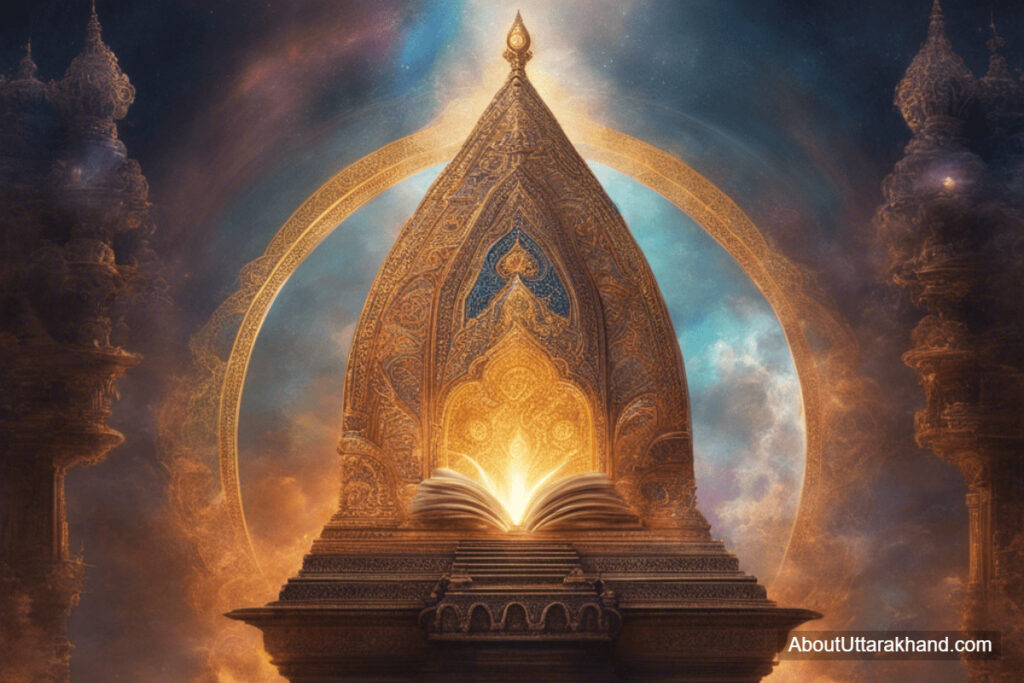
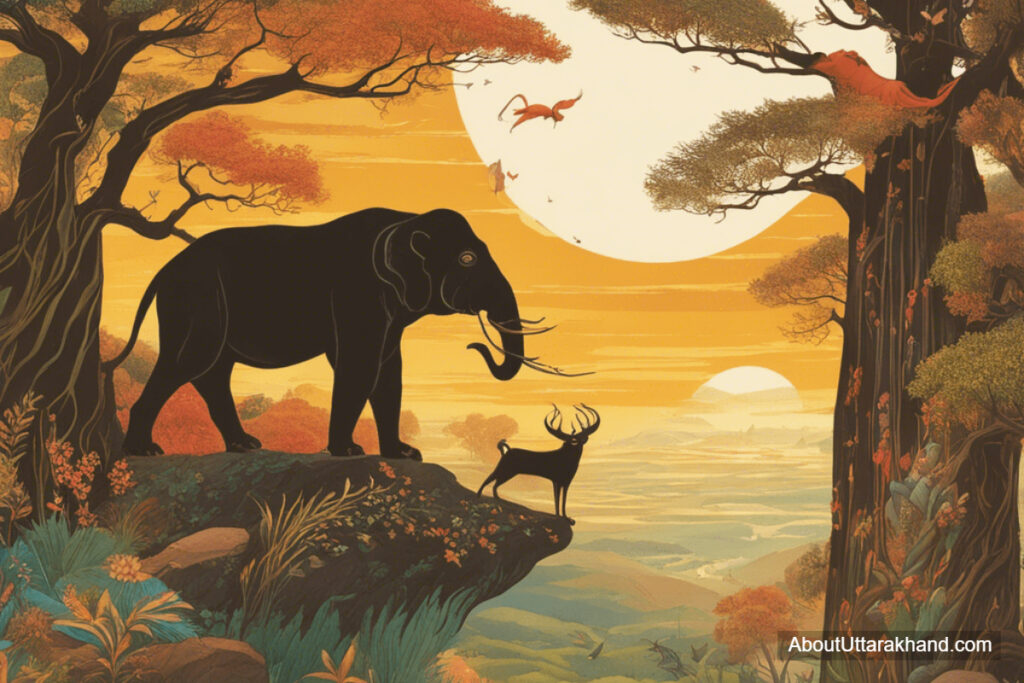
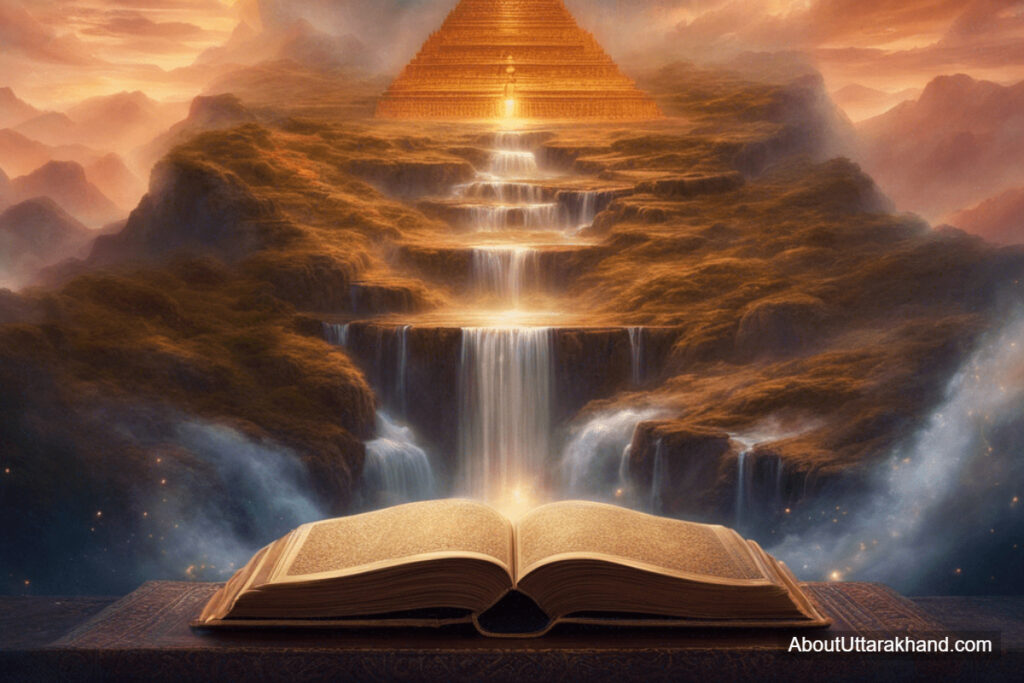
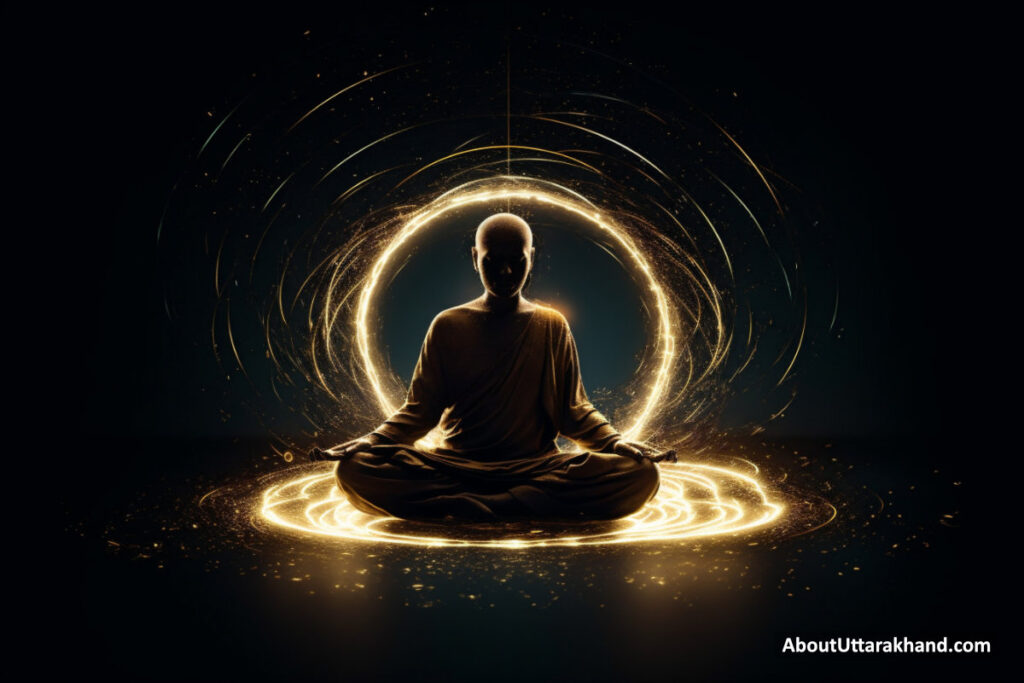
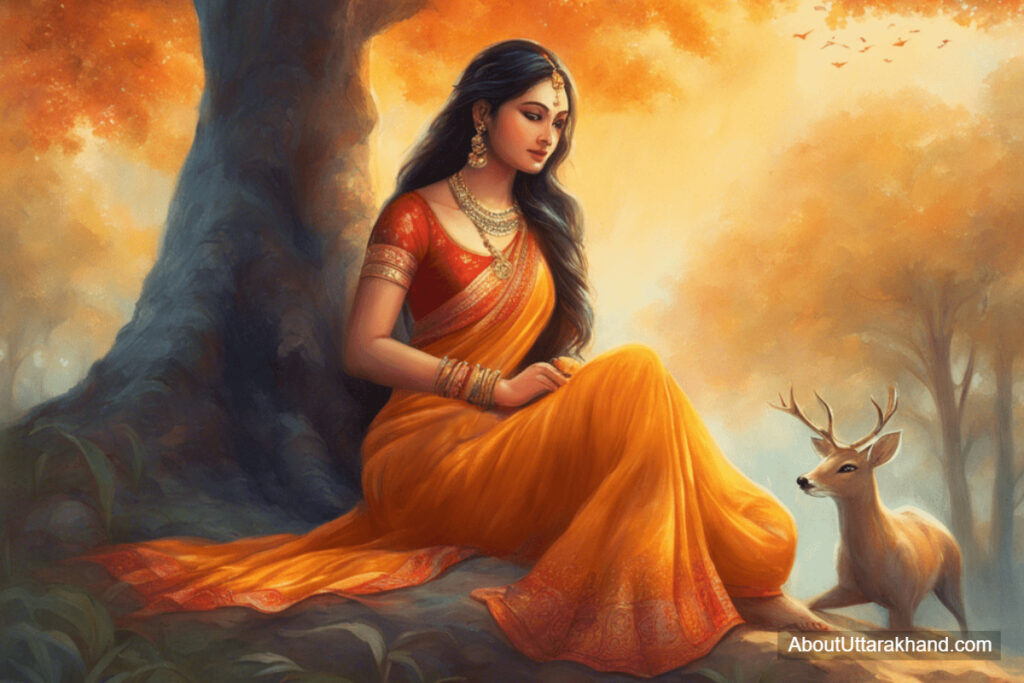
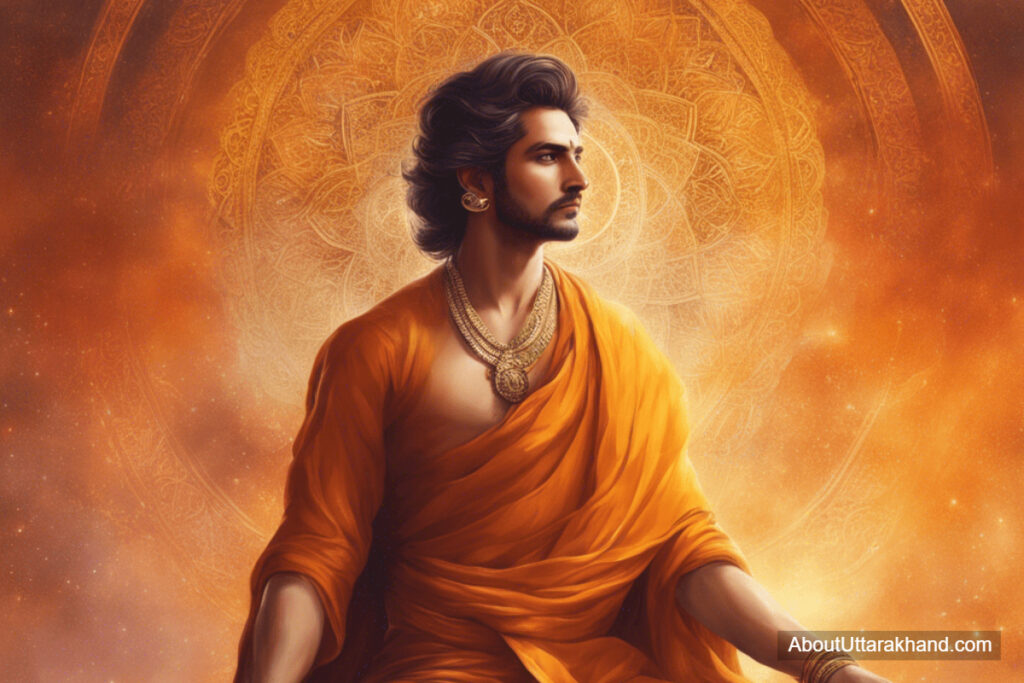
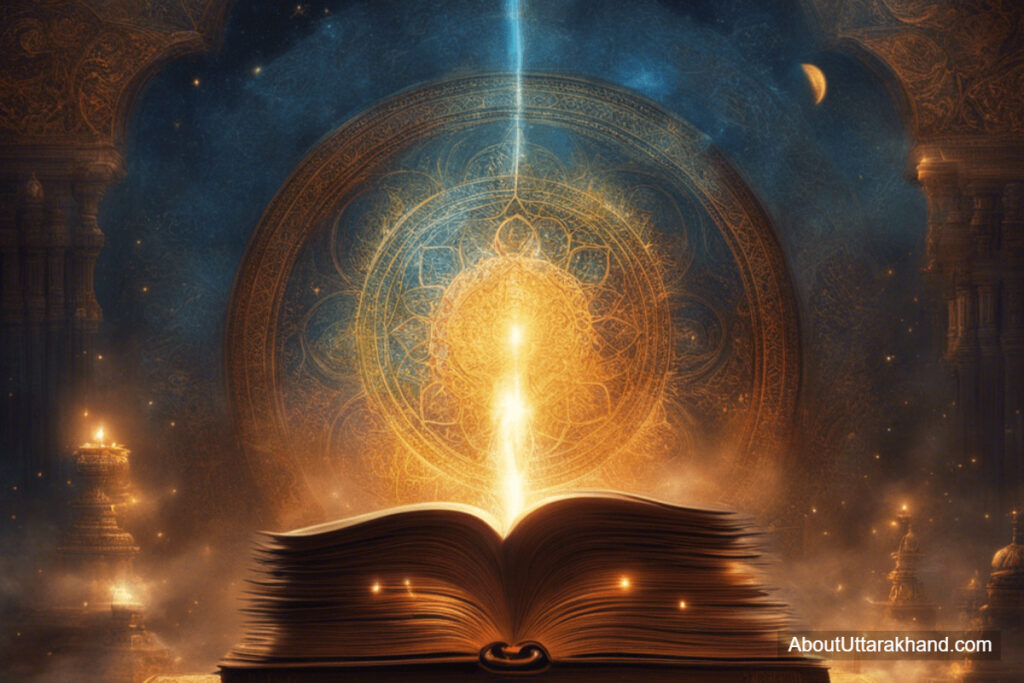
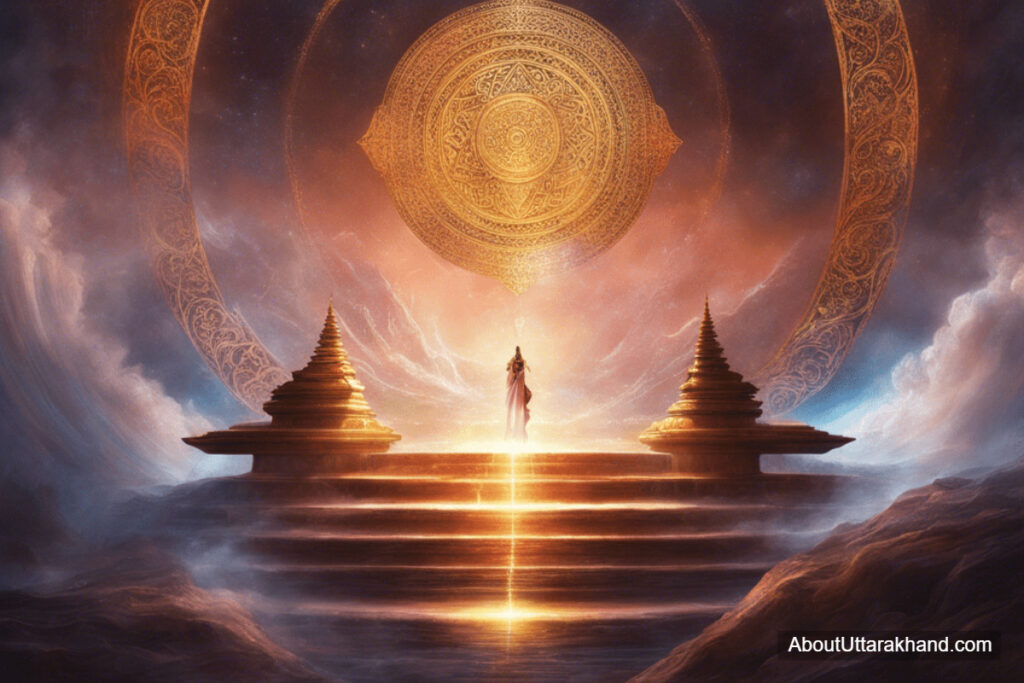
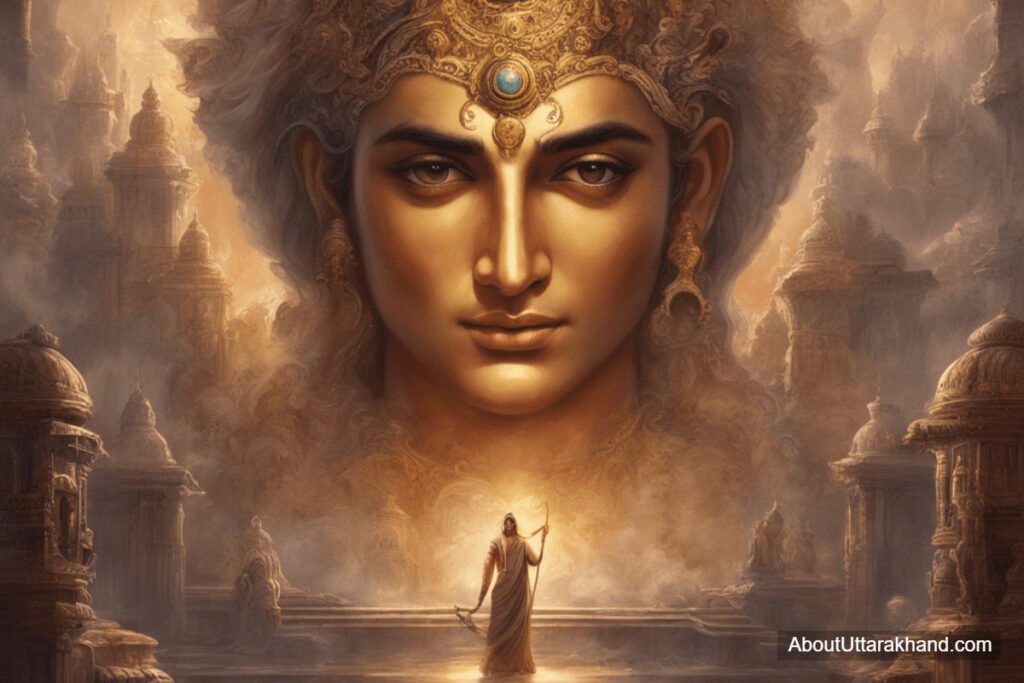

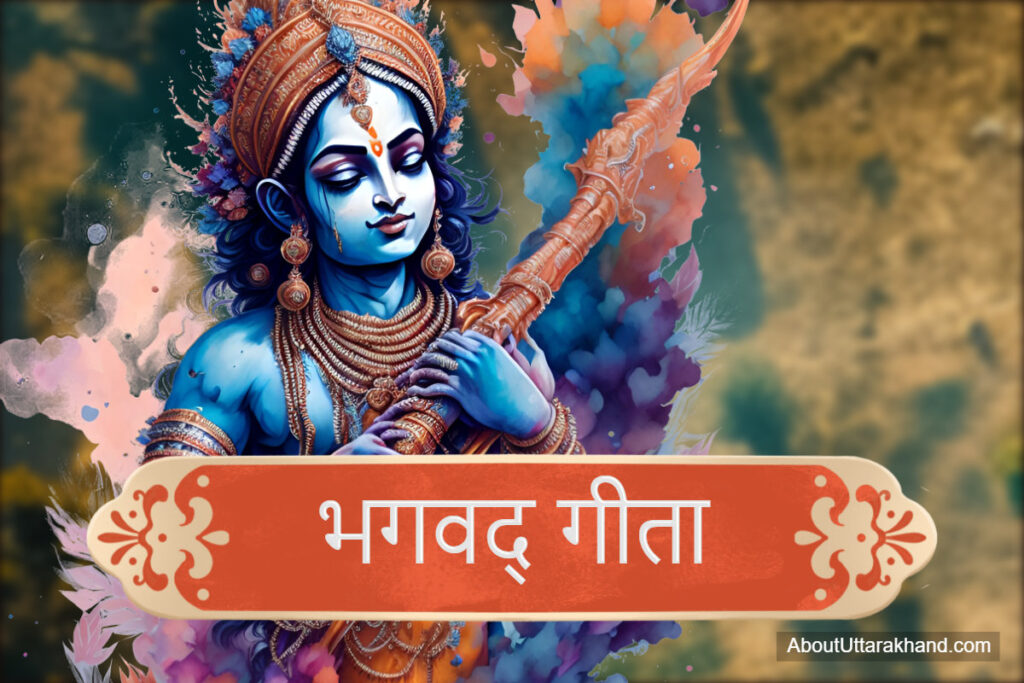
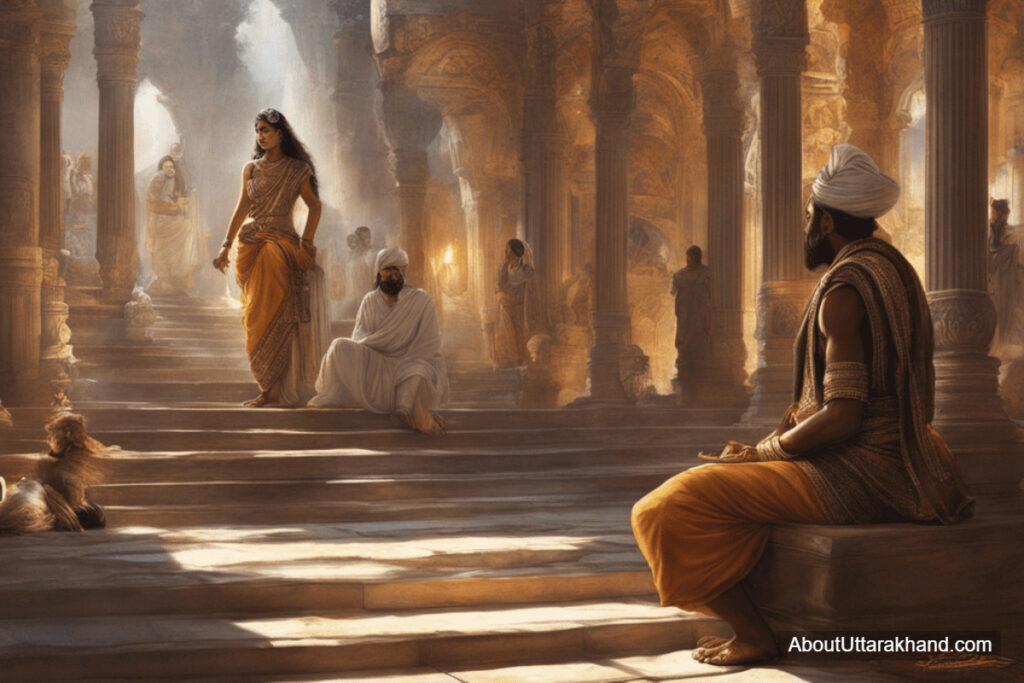
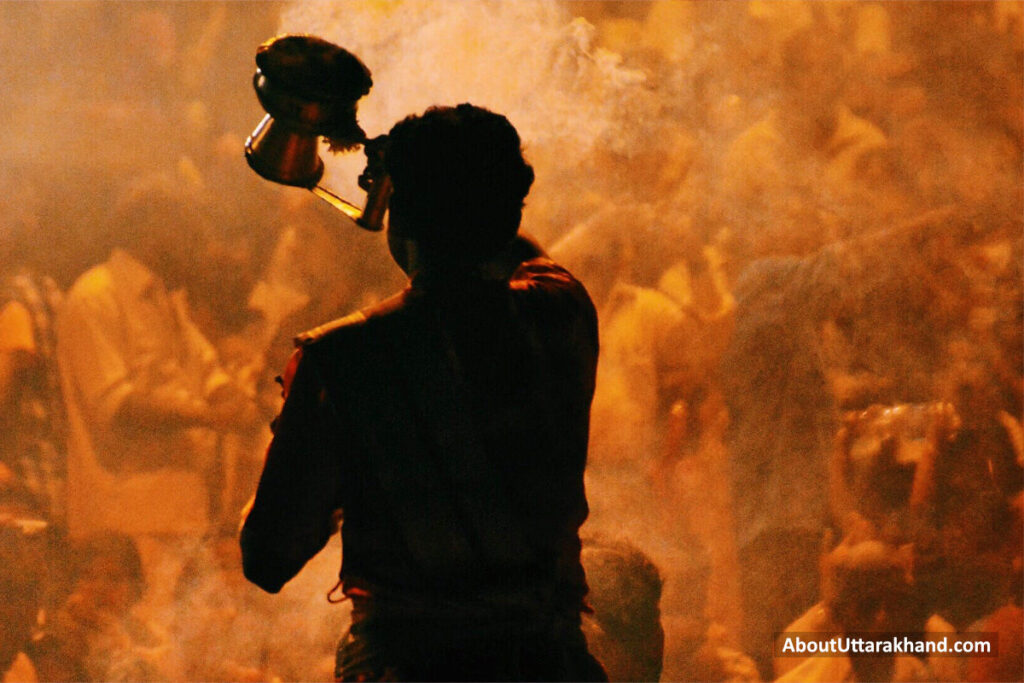
Details About Spiritual Realm
As the most important idea in Hindu metaphysics, Brahman is the ultimate truth that is not limited by form, characteristics, or qualities. Others say that Brahman is beyond understanding, eternal, and endless. Every living thing comes from this one fact, which is the foundation of the universe. India’s ancient philosophical writings called the Upanishads talk about Brahman and its qualities. They stress that Brahman is the most basic fact of the world and that it can’t be split up or changed.
As opposed to the popular belief that Brahman is formless and without attributes, Hinduism recognises the idea of Saguna Brahman, which means that Brahman has traits. Saguna Brahman changes into many different forms, which represent different aspects of the divine. For instance, Devi represents the feminine side of god, while Vishnu represents protection and Shiva represents destruction and rebirth.
Within Hinduism, the word ‘atman’ refers to a person’s soul or self, which is thought to be very similar to Brahman. Purpose of the Hindu spiritual exercise called sadhana is to help people understand that their Atman is really Brahman. When people meditate, study themselves, and practise devotion, they want to understand their own divinity and rise above the limits of the ego.
A Hindu cosmology includes many levels of life, or Lokas, that are organised in a hierarchy. Overworld inhabitants include gods, devils, and ancestral souls, among others. Beyond the homes of gods like Indra, Vishnu, and Shiva, the highest of these worlds is Brahmaloka, where Lord Brahma lives. After the heavenly realms come the earthly (Bhuloka), ancestral (Pitru Loka), hellish (Naraka), and painful (Deva Loka) realms.
For Hindus, moksha means breaking free from samsara, or the pattern of birth and death, and being connected to Brahman. Reaching moksha, the ultimate goal of life, requires understanding (jnana), devotion (bhakti), and kindness (karma yoga). The way to eternal happiness and freedom starts with achieving Moksha, which ends the cycle of pain.
Many Hindu paths, or yogas, lead to the spiritual world and Moksha. Some of these paths lead to knowledge (Jnana Yoga), devotion (Bhakti Yoga), caring for others (Karma Yoga), and meditation (Raja Yoga). Finding enlightenment can happen in a number of different ways, based on the traveler’s personality and preferences.
According to Hinduism, the spiritual lessons can be found in many holy books, such as the Vedas, the Upanishads, the Bhagavad Gita, the Puranas, and the Tantras. The ancient works contain philosophical insights, moral guidance, and spiritual practices that can help people on their path to enlightenment.
To Conclude
Hinduism’s idea of the best spiritual world tells us a lot about life and how to become enlightened. Being based on deep spiritual knowledge and insight, Hindu cosmology guides its followers to a road of devotion, enlightenment, and self-discovery by accepting both the immediate and the eternal aspects of reality. Learn about the holy essence that is everywhere in the universe, the soul that lasts forever, and how all living things are connected by studying Hindu theory and practice. Adherents of Hinduism are shown the way to enlightenment and freedom from the circle of life and death. The teachings of Hinduism should inspire people from all walks of life to seek enlightenment, kindness, and spiritual fulfilment through the spiritual realm’s knowledge.

